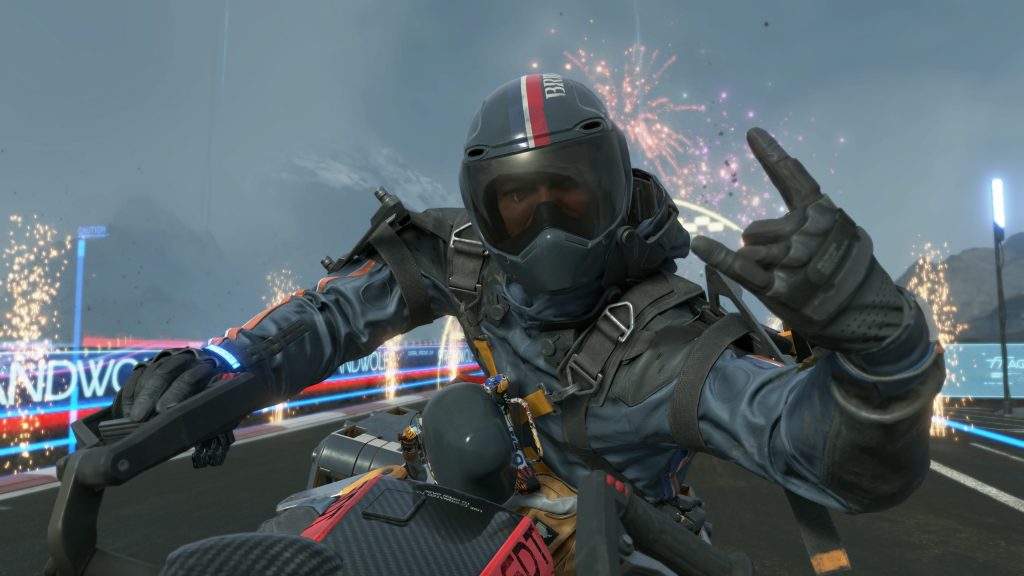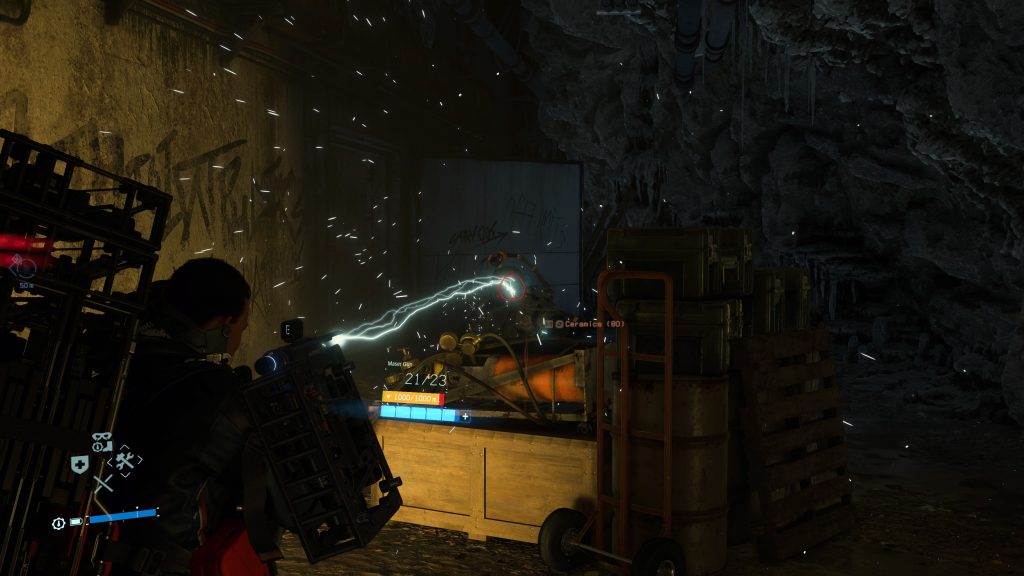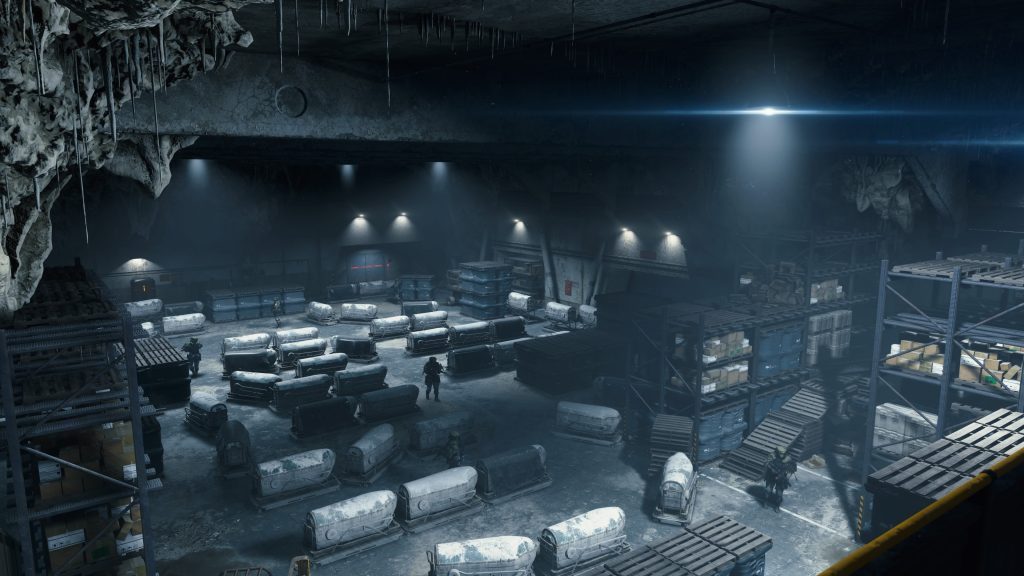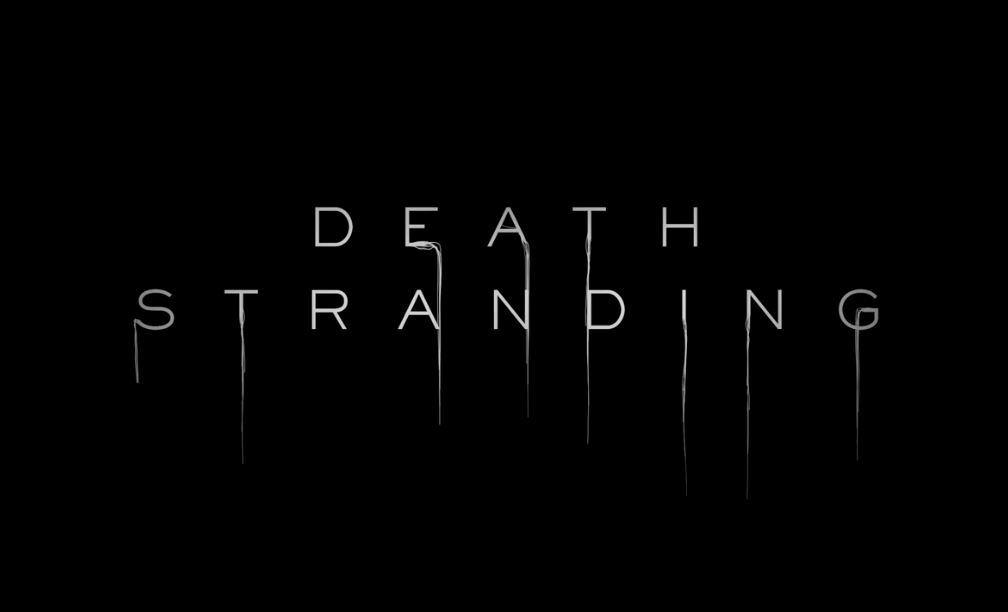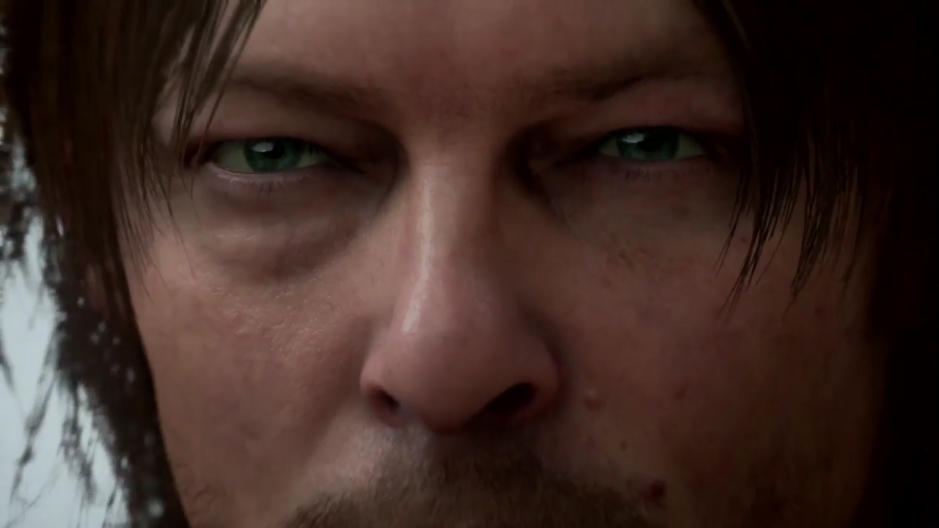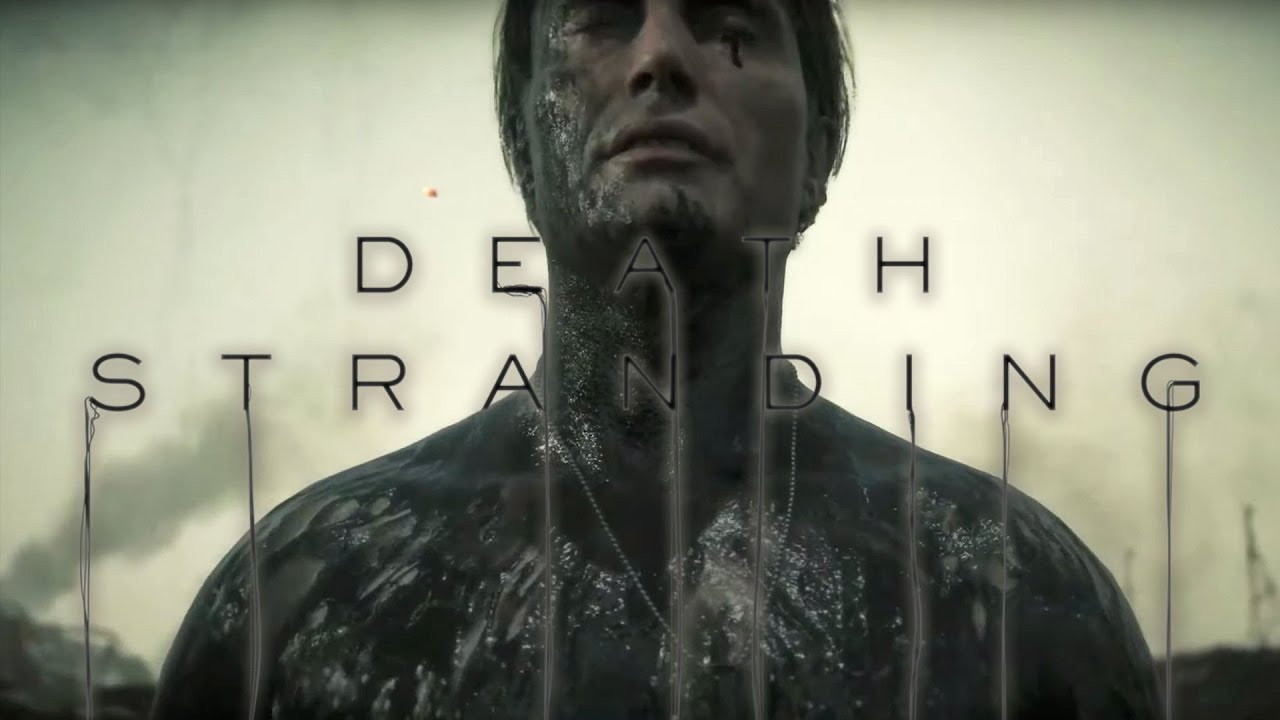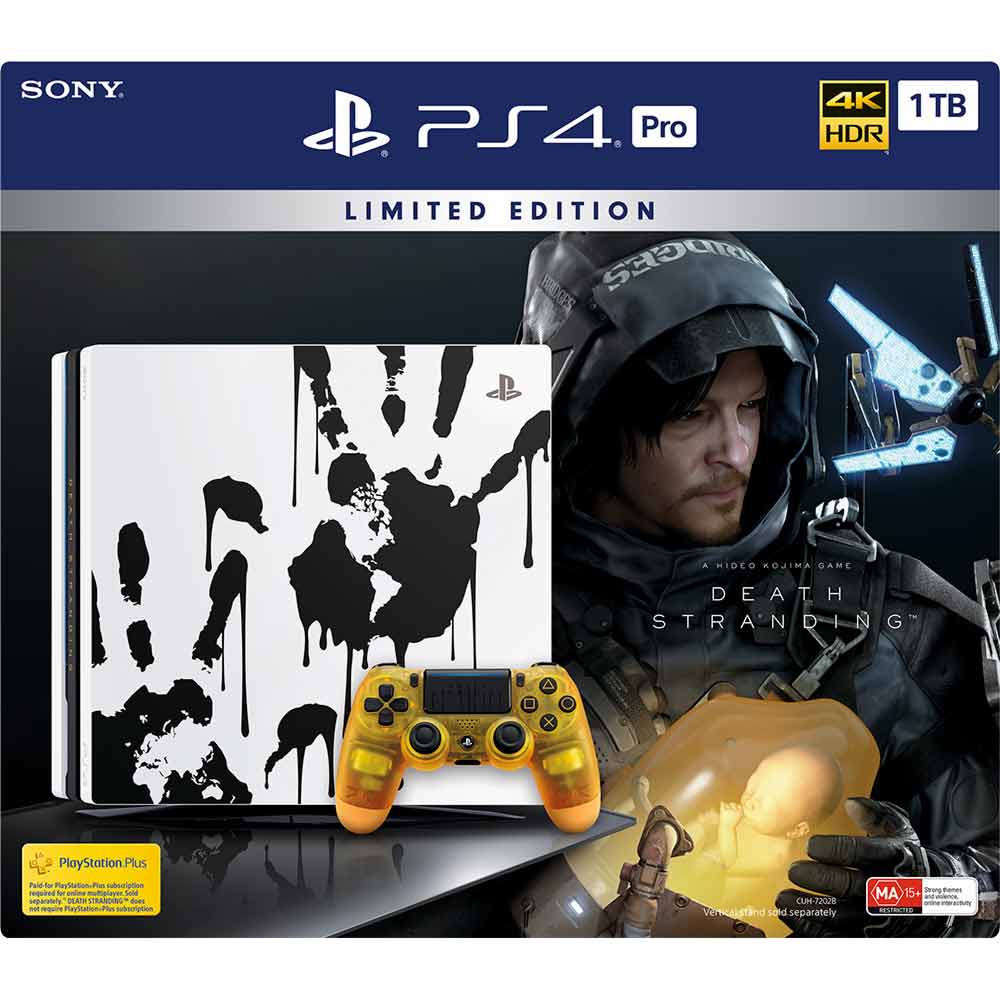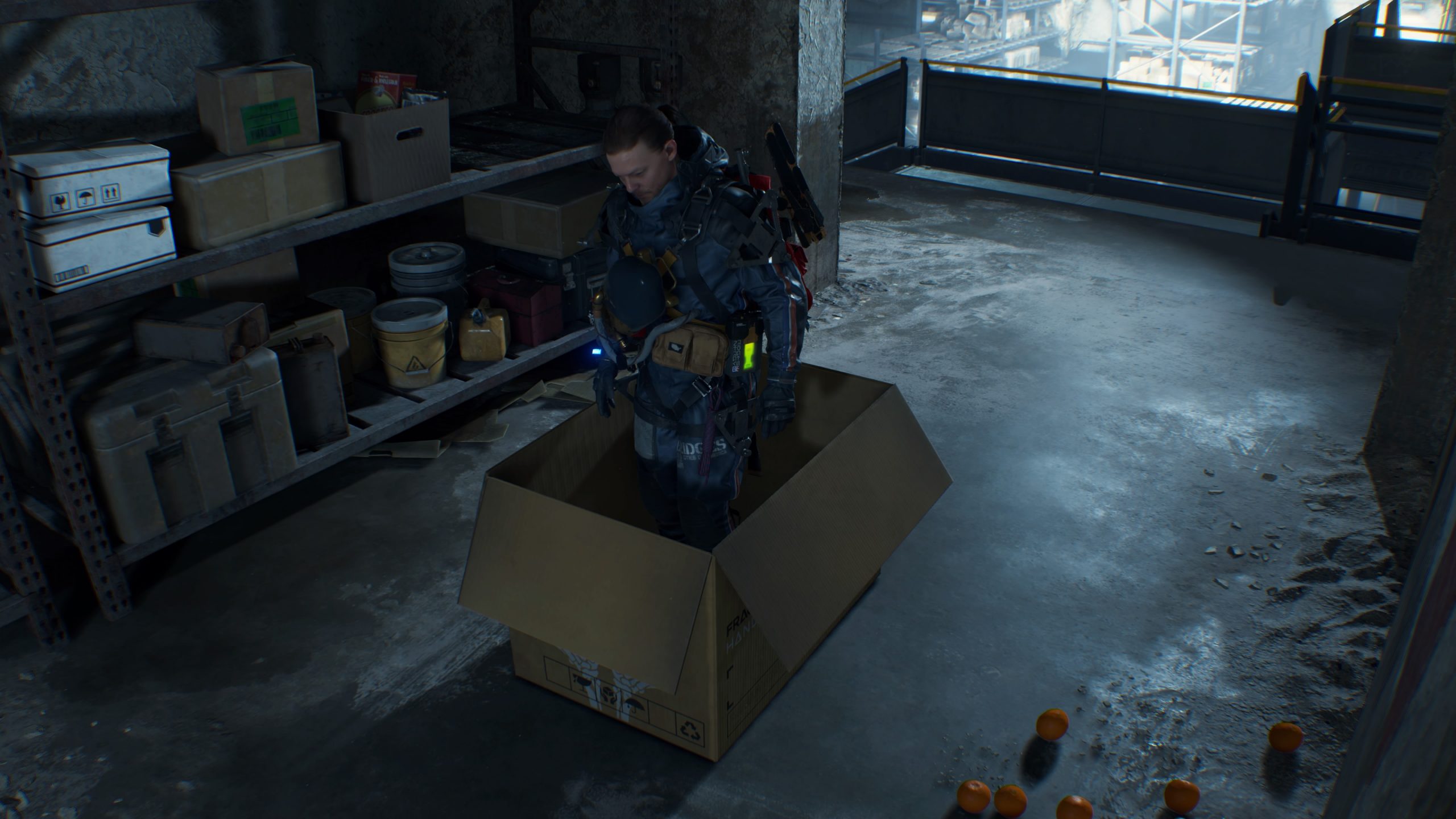
By Hideo Kojima’s own admission, Death Stranding: Director’s Cut isn’t really a Director’s Cut, as such. The choices the story makes are intact, the direction of the cutscenes and intent of the gameplay remain, and you’re more or less getting the same experience as the 2019 original, which many loved (including me) and many found not to their taste. This release, for PlayStation 5 and PC, feels more like a Game of the Year-style collection of all the additional content released from launch, along with a few fun extras and some small concessions to smooth over common criticisms.
However, make no mistake, if you found the original concept of Death Stranding not to your taste, then the Director’s Cut will do little to change your mind. The gameplay still revolves around Sam Porter Bridges, played by Norman Reedus, delivering packages across a beautiful post-apocalyptic landscape. The terrain is rough, rocky and unforgiving, and Sam’s load is usually heavy and cumbersome, leading to slow, careful treks with frequent stops to deal with the ghosts who litter the world, as well as rival terrorists and insane deliverymen. Death Stranding, by its nature, presents the player with a divided, unforgiving and irritating world, and then lets them fix it and make everything easier with connections.
In my opinion, that’s the genius behind Kojima’s work in Death Stranding as the theme of connection runs rife through both the narrative and gameplay. The story casts Sam as the man who must unite a divided America after a supernatural cataclysm tears it apart, and by building and spreading a next-generation ‘chiral’ network, so too does that network allow players to help each other. While you’ll never see another player in the flesh, the influence is felt through chiral network-connected areas. You can share items and weapons, leave messages for each other, and even collaborate to build freeways and flying foxes to bypass the troublesome landscape.
While early game challenges might include ‘how to cross this river safely’ or ‘how do I climb this hill without ruining my cargo’, the more you play and build within the world, the easier the game becomes for everyone. Kojima’s strange and intentionally-obtuse narrative actually combines perfectly with the gameplay, as ‘strands’ take on more than one meaning, to make a truly unique and ultimately uplifting experience.
That said, Death Stranding: Director’s Cut makes a few changes to make itself more accessible. Tutorials and tips are revised at the start of the game to be more helpful, and new optional missions have been added early on with new gear, which the player is prompted to check out. A new type of active skeleton to assist carrying heavy cargo is accessible as a reward for completing one of these, and a new area is also unlocked, rewarding the player with a ‘Maser Gun’. This taser-like device lets you instantly knock out enemies with a single precise headshot, making encounters with enemy MULEs much easier, as long as you remember to bring it along with you on missions. A new shooting range, complete with various levels, is available for all weapons in the game to help you get up to speed too.
The new area itself, the ruined factory, is visited a couple of times early in the game, and then put on hold until you complete the main story. The full mission unlocked at that point is chock-full of references to Kojima’s Metal Gear Solid series, as it presents the player with a few rooms and a warehouse of familiar enemy patrols, which theoretically you could stealth through, but is more easily brute-forced with the Maser Gun, or other weapons. This area, while cool, is also very short and represents the only real meaningful addition that the Director’s Cut brings to the story of Death Stranding, offering some key background to a couple of important characters from the game.
As you get further into the game, a handful of new missions will also unlock, providing some fun new tools for delivering orders. A speed ramp lets you launch into the air over problematic gaps and crevasses, complete with movie magic fairy dust, and the prompt to do ‘extreme’ moves if you’re on a motorcycle. ‘Chiral bridges’ are short, easy to set up bridges that also help you get over short gaps, although they are far narrower than the standard bridges you can build in the game. A catapult allows you to shoot cargo over long distances, parachuting them to safety, which is fun and reminiscent of some of the crazier ideas in Metal Gear, but it’s not something you’ll probably use that often. Finally, ‘Buddy Bots’ allow you to build a droid who’ll follow you around and carry your cargo for you – although it has trouble with most uneven surfaces.
All of this new equipment in theory should make deliveries even easier if you’re struggling, but to be honest all the tools you really needed were already included in the base game, and these all feel like just fun extras. In the same vein, this release also includes all the DLC from the PC version, including the Half-Life and Cyberpunk 2077 content, which similarly unlocks various silly, but useful, gimmicks like the Gravity Gloves from Half Life Alyx, hacking tools to make navigation easier from Cyberpunk 2077 and even a stylised motorbike from that game.
That’s particularly of note, because it works a treat on the new racetrack, added as a fun diversion to the map. Beneath the Timefall Farm, the racetrack has to be built with materials you need to collect, which means it can’t be unlocked too early. However, once it is, it provides 12 races with slightly different course layouts, using motorbikes, trucks and a new early-20th century style ‘roadster’ car for both offline fun and online rankings. The handling of vehicles in Death Stranding is hardly anything to shout about, given how rarely you even get flat surfaces in the regular game, and even with the addition of drifting in these races, they aren’t really that fun or challenging to drive. However, as a cheeky extra, it’s pretty cute, especially with a selection of new tracks from composer Ludvig Forssell. It’s the equivalent of Snakeboarding from Metal Gear Solid 2: Substance.
That largely sums up the experience of the Death Stranding: Director’s Cut. It’s the same game you’ve played before, but with a nice little surprise or fun extra thrown in every so often. A smattering of new tracks from artists like Woodkid pop up. A new customisation option will appear, letting you outfit BB’s pod with gold, or funky stickers. It’s all just icing on the cake. On PlayStation 5, the game runs as smooth as butter in Performance Mode, and can run up to 4K in Quality Mode, albeit with a hit to performance. The DualSense controller also allows for more crunchy vibration feedback that is meant to represent Sam’s steps, although often doesn’t feel quite in sync with his actions on-screen. However, the active triggers provide a good sense of the different tools and weapons Sam has at his disposal, as well as the tension needed to stand his ground.
Death Stranding: Director’s Cut is ultimately a fun enhancement of a game I consider to be a masterpiece. Once you understand the world of Death Stranding and the gameplay’s tricks and foibles, some of the mystique and appeal of the narrative is somewhat lost on repeat playthroughs, which is why weird additions like a racetrack and a cannon to fire packages out of make for cute surprises to keep you interested. Death Stranding‘s gameplay remains unique in the open world genre, and something that’s still very compelling even two years later, and the Director’s Cut makes for a good reason to return and re-connect.
-Still a masterful marriage of themes, narrative and gameplay -Extra content provides fun diversions and small additions to the lore
-The extra content, while appreciated, is relatively slim

